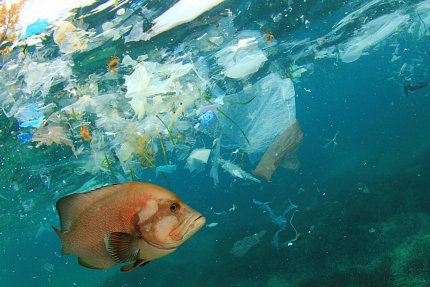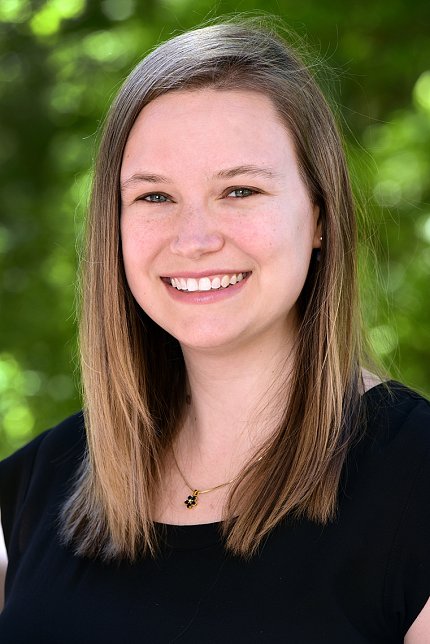New Oceans and Human Health Centers To Address Microplastics Exposure

Photo: Rich Carey/Shutterstock
NIH and the National Science Foundation (NSF) are jointly funding four new research centers and renewing two centers to better understand how ocean-related exposures affect people’s health.

“The connection among ocean pollution, climate change and human health are problems that we are only beginning to understand,” Dzierlenga said. “People rely on oceans and lakes for jobs, food, tourism, recreation. These centers will help bring researchers and community groups together to study and take action to protect public health in coastal regions and around the Great Lakes.”
NIEHS-NSF Oceans and Human Health Center Awardees
North Carolina State University
University of California San Diego
University of Rochester and Rochester Institute of Technology
Woods Hole Oceanographic Institution
NIEHS and NSF expect to make two additional awards soon.
